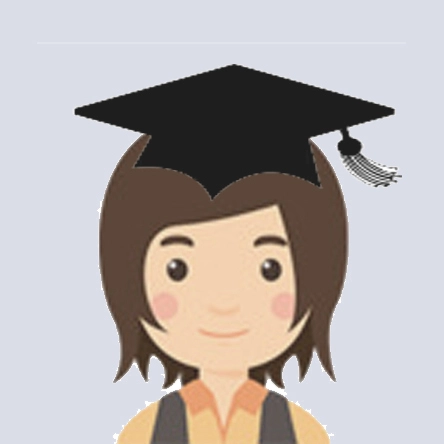THE ROLE OF INTELLIGENT TUTORING SYSTEMS IN EDUCATION
Лекции +2
doc
воспитательная работа +2
Взрослым
23.02.2019

The use of expert systems (ES) undoubtedly expands the possibilities for creating pedagogical software , providing greater freedom both in organizing educational material and in ways of presenting it, allowing you to create pedagogical software containing modules of large-scale educational material, including the contents of several topics or sections of subjects
Raximov,Raximova-The role of intelligent educational systems in education.doc
THE ROLE OF INTELLIGENT TUTORING SYSTEMS IN EDUCATION
А.А.Rakhimov, N.I.Rakhimova, TUIT, Uzbekistan.
The use of expert systems (ES) undoubtedly expands the possibilities for
creating pedagogical software , providing greater freedom both in organizing
educational material and in ways of presenting it, allowing you to create
pedagogical software containing modules of largescale educational material,
including the contents of several topics or sections of subjects. At the same time,
however, requirements for pedagogical software developers in the following main
areas are also increasing:
the selection of educational material and the establishment of internal
relations between its individual parts require a high professional level and
competence of the developer, who must be an expert in the subject matter of the
pedagogical software;
increasing load on didactic (creation training modules or integrated didactic
units) and methodological (nonstandard organization of educational material,
search for computeraided teaching methods) in creating teaching staff requires a
high level of pedagogical training of pedagogical software;
to achieve freedom of movement on the tree of knowledge It requires a
clear organization of educational material in the knowledge base, which requires a
high level of algorithmization of educational material.
Compliance with all listed requirements raises the process of creating
pedagogical software to a qualitatively higher level, leading to the creation of
educational software products that meet the modern level of informatization of
science and education.
Based on the above, we can conclude that the use of pedagogical software
for various purposes in classes in specific academic disciplines should be made
taking into account the specific goals of professional training of students and their
inherent level of learning. At the same time, few AOC programming constantly are used in the real
educational process, and most of them are not applicable outside the walls of the
university in which they were developed. On the other hand, all computer
programming programs at universities and schools are nonintelligent, automated
learning systems, software environments, and hypermedia systems.
To be useful, systems must help the teacher or the learner at most stages of
their work. At the same time, the existing AOC greatly helps the teacher and the
student in performing various activities and in different sections of the course, but
each individual system helps very little when working with the course as a whole.
Most existing systems are strictly focused on use in the university in which they
were developed. To support different ways of learning or different course
structures, such systems cannot be used as they are.
Unfortunately, existing intelligent and nonintelligent systems cannot
support this integration. Usually each system is designed as a whole and does not
allow flexible use. You cannot simply integrate an external component (for
example, a commercial programming environment or a locally created intelligent
debugger) into another system. A researcher cannot quickly remove or replace a
component that does not conform to a particular learning method. If there is a
component in the system that is really liked and needed, it is often difficult to
extract and reapply this component in another system. The system can only be used
as is.
Bibliography
1. Brusilovsky, P. Towards an adaptive hypermedia component
for an intelligent learning environment / P. Brusilovsky, L. Pesin,
M. Zyryanov // HumanComputer Interaction L. J. Bass, J. Gornostaev,
C. Unger (Eds.). – Berlin : SpringerVerlag, 1998. – Р. 348–358.
2.
Демьянов,
А.
В.
Системный подход к синтезу
интеллектуальной компьютерной обучающей системы / А. В. Демьянов, Н. К. Юрков // Надежность и качество : тр. междунар.
симп. – Пенза : Информационноиздательский центр ПензГУ, 2006. –
С. 153–155.
Материалы на данной страницы взяты из открытых истончиков либо размещены пользователем в соответствии с договором-офертой сайта. Вы можете сообщить о нарушении.
23.02.2019
Посмотрите также:
© ООО «Знанио»
С вами с 2009 года.
![]()
О портале

